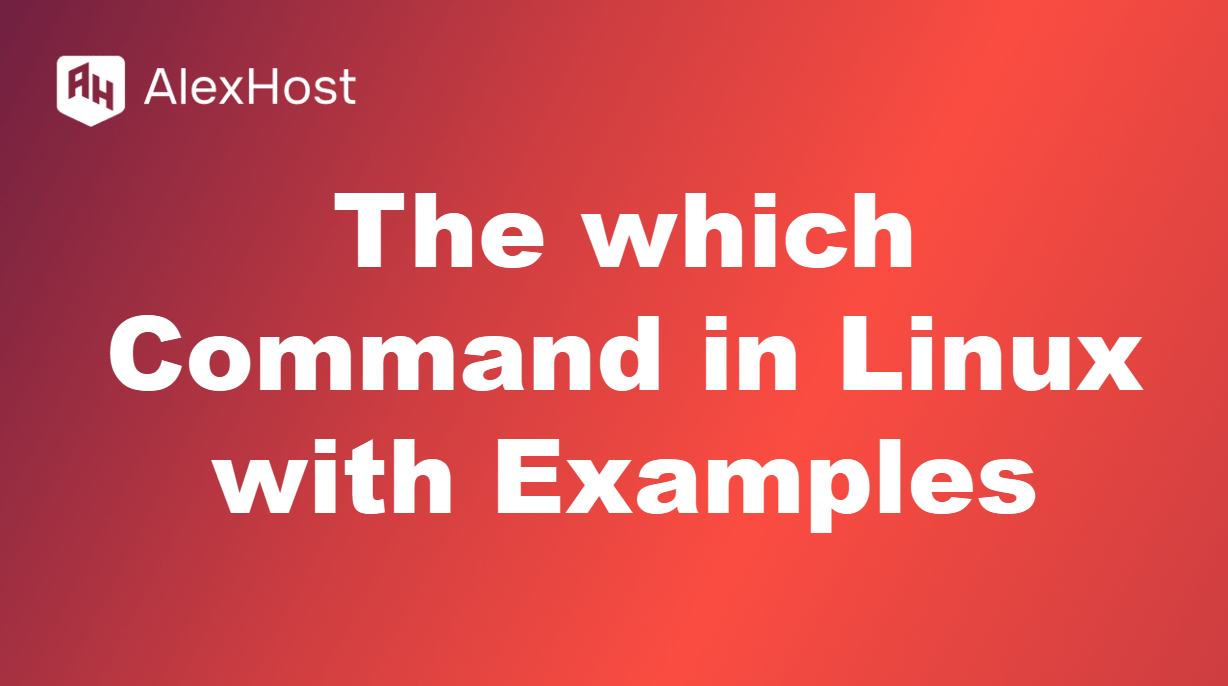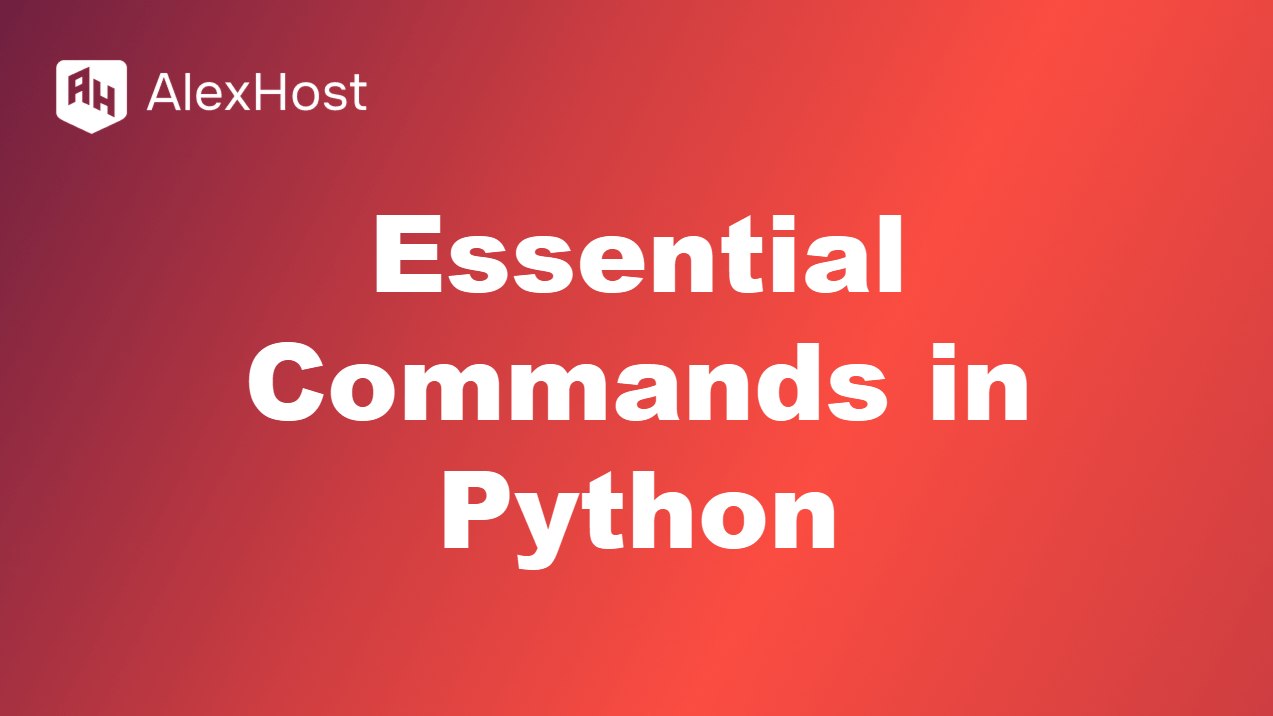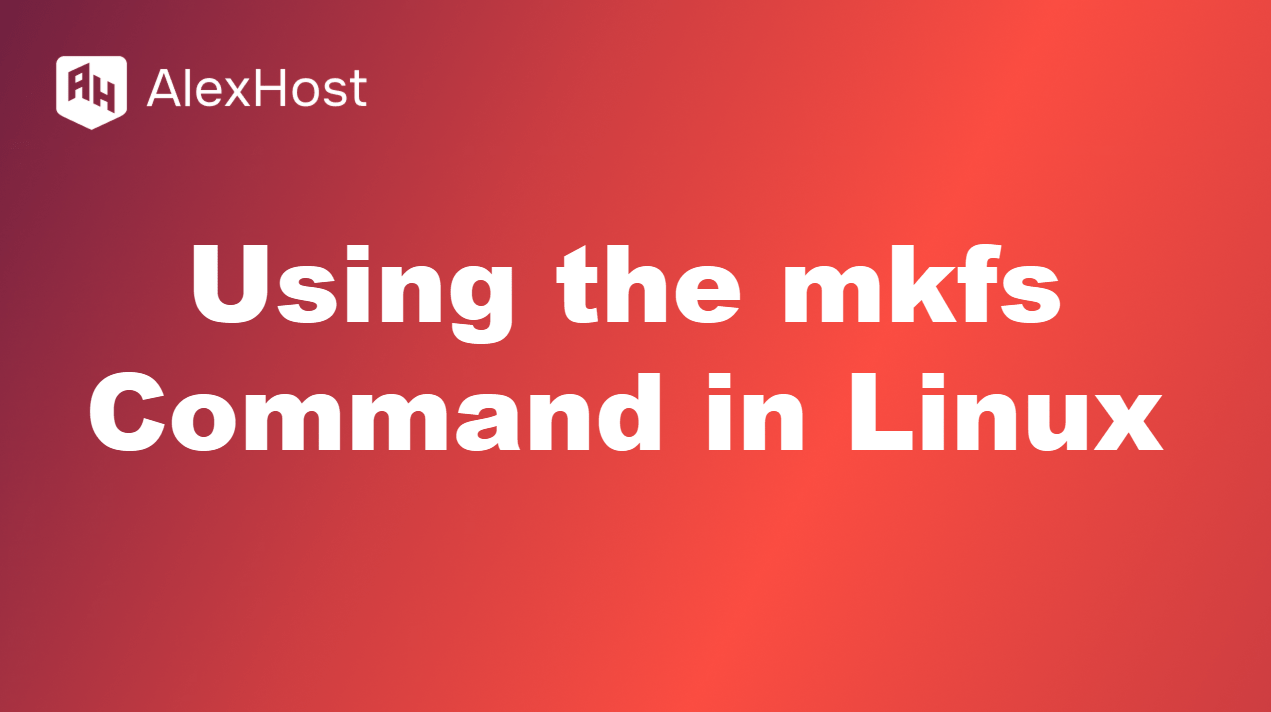Optimize MySQL Character Encoding on AlexHost: utf8 vs. utf8mb4 Why choose the right encoding on AlexHost? MySQL’s utf8 and utf8mb4 encodings handle how your data—like text, emojis, or multilingual characters—is stored and displayed. Picking the wrong one can break your WordPress site or app, especially with emojis or rare characters. AlexHost’s high-performance VPS and dedicated […]
Read MoreWhat is the which Command? The which command searches for the location of executable files in the directories specified in the PATH environment variable. When you type a command in the terminal, Linux OS searches through the directories listed in PATH to find the executable file. The which command shows you the first instance of […]
Read MoreWhen working on Python projects, having a robust and reliable hosting solution is essential, especially when deploying web applications or running complex scripts. AlexHost VPS hosting provides an ideal environment for Python developers, offering full root access, scalable resources, and high-speed SSD storage to ensure your applications run seamlessly. Whether you’re setting up a Django […]
Read MoreThe mkfs (short for make filesystem) command in Linux is a versatile tool that allows users to format disks and partitions with a specified filesystem. Whether you are setting up a new disk, creating a new partition, or reformatting an existing one, mkfs is an essential command for configuring filesystems. It supports a variety of […]
Read MoreManaging user privileges is a crucial aspect of administering Linux systems, especially when it comes to granting users the necessary permissions to perform administrative tasks. While Linux systems are designed to maintain a clear separation between regular user accounts and the superuser (root), there are situations where you may need to provide a user with […]
Read MoreIntroduction NVM (Node Version Manager) is a popular tool for managing multiple versions of Node.js on a single machine. It allows developers to install, switch, and manage different versions of Node.js seamlessly, making it especially useful for those working on multiple projects that require different Node.js versions. This guide will walk you through the steps […]
Read MoreIntroduction When using VMware to run virtual machines (VMs), one of the common tasks is sharing files between the host operating system (OS) and the guest OS running inside the virtual machine. VMware allows you to create a shared folder that acts as a bridge between the host and the guest, making it easier to […]
Read MoreWhen building APIs with Laravel, ensuring secure authentication is crucial, especially when dealing with user data. JSON Web Tokens (JWT) offer a robust method for handling authentication in stateless applications, allowing secure transmission of user information between parties. This guide will walk you through the process of building a secure Laravel API using JWT authentication. […]
Read MoreThe terminal is a powerful tool, and customizing it can greatly enhance your productivity. One of the most popular ways to do this is by using Zsh (Z Shell) combined with the Powerlevel10k theme. Powerlevel10k offers a beautiful and highly customizable prompt that can display useful information, such as git status, Python hosting environment, and […]
Read MoreA .tar.gz file is a compressed archive that combines two types of files: a .tar file (Tape Archive) and a .gz (gzip) compressed file. It is commonly used for packaging multiple files into a single archive and compressing them to save space. Extracting .tar.gz files is a common task in Linux, and this guide will […]
Read More
















